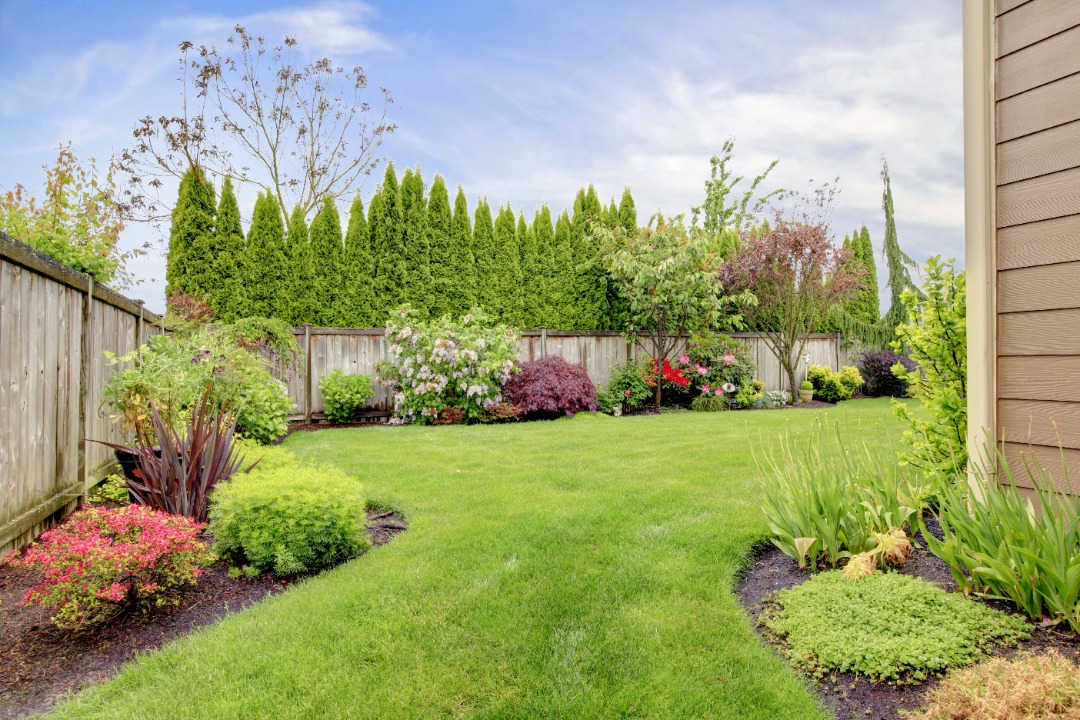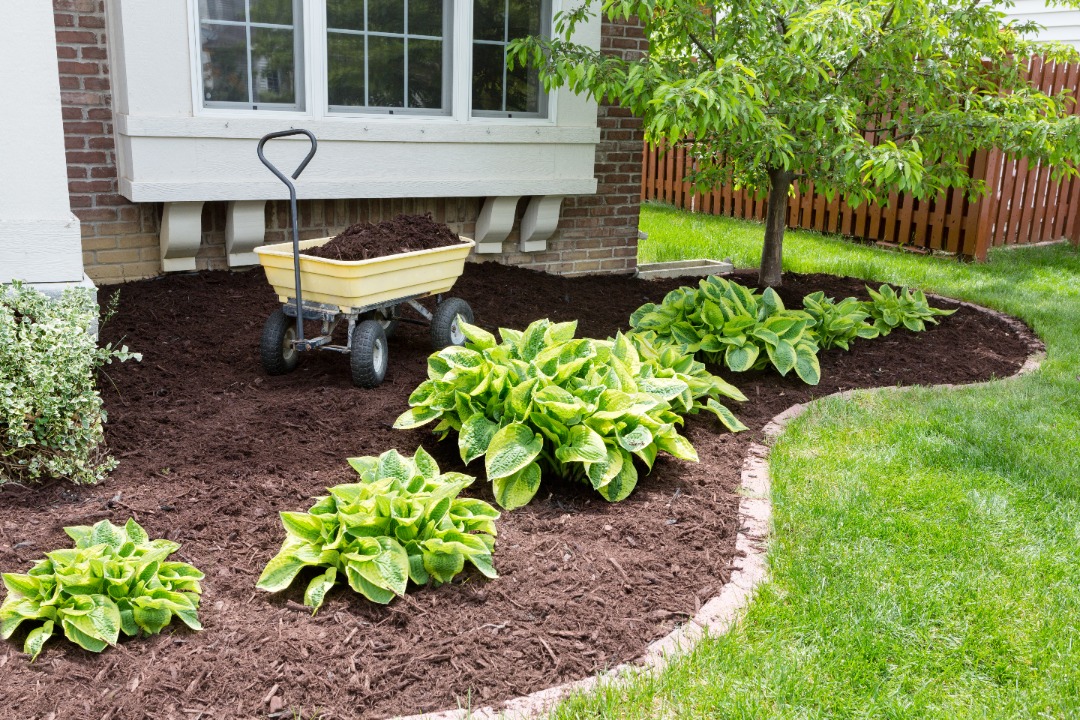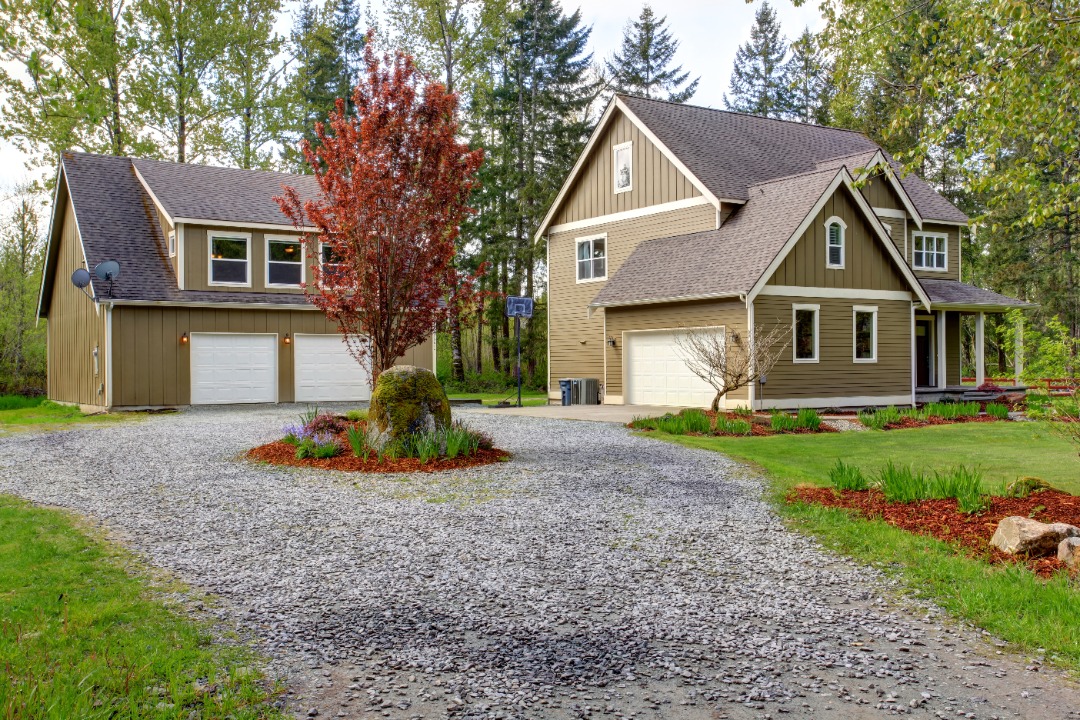Transforming Small Spaces: Maximizing Your Landscaping Potential
In today’s world, outdoor space often comes at a premium. Whether you live in an urban environment or have a compact backyard, making the most of a small area can be challenging. However, with the right strategies, you can transform your limited space into a vibrant and functional landscape that feels expansive and inviting. Here’s how to maximize your small outdoor areas, divided into three key sections: design principles, plant selection, and functional features.
Design Principles: Use Landscaping to Create an Illusion of Space
Effective landscaping starts with understanding how to create the illusion of space. Here are some principles to consider:
Use Vertical Space
One of the best ways to maximize a small area is by thinking vertically. Vertical gardening can add height and dimension to your landscape. Install wall planters, trellises, or vertical garden systems that allow you to grow climbing plants or herbs. Consider hanging pots from railings or hooks to free up ground space and draw the eye upward.
Define Zones
Creating distinct zones within your small space can make it feel larger and more organized. Use different plant types and materials to define dining, relaxing, or gardening areas. For instance, a small patio can be surrounded by raised beds or container gardens that separate it from the rest of the yard, giving the impression of multiple rooms indoors.
Opt for Curves Over Straight Lines
Incorporating curved lines instead of sharp angles in pathways and garden beds can create a softer, more organic feel. Curved pathways lead the eye through the landscape, making it feel less confined. Additionally, rounded flower beds and seating areas can contribute to a more flowering design, encouraging exploration and movement.

Plant Selection: Choose Wisely for Impactful Landscaping
Choosing the right plants is crucial for small-space landscaping. Here are some tips for selecting plants that maximize both aesthetics and utility:
Focus on Multi-Functional Plants
When space is limited, opt for plants that serve multiple purposes. For instance, consider growing herbs that not only enhance your meals but also add fragrance and beauty to your garden. Similarly, fruit-bearing plants, such as dwarf fruit trees or berry bushes, can provide delicious harvests while doubling as ornamental features.
Select Compact Varieties
Many plants come in dwarf or compact varieties perfect for smaller spaces. Look for compact shrubs, perennials, and annuals that offer the same visual appeal as their larger counterparts without overwhelming your landscape. This approach allows you to enjoy a rich diversity of plant life without sacrificing space.
Layering for Depth
Layering plants can create depth and interest in your landscape. Use taller plants at the back of beds or against walls, and graduate down to smaller plants at the front. This adds dimension and ensures that all plants receive adequate sunlight. Additionally, consider using plants with varying textures and colors to create a vibrant tapestry that draws the eye.

Functional Features: Use Landscaping to Enhance Usability and Aesthetics
Integrating functional features into your small landscape can elevate both its utility and visual appeal. Here are some ideas to consider:
Use Multi-Functional Furniture
Choose outdoor furniture that serves multiple purposes. For example, benches with built-in storage can provide seating and a place to stow garden tools or cushions. Tables with extendable features allow for gatherings of different sizes, making them practical for entertaining in limited spaces.
Incorporate Water Features
Even a small water feature, such as a fountain or birdbath, can create a sense of tranquility and enhance your landscape’s aesthetics. The sound of flowing water can make your space feel more expansive and peaceful. Look for compact options that fit your design without overwhelming the area.
Add Lighting for Ambiance
Incorporating outdoor lighting can significantly enhance your small landscape, making it usable and enjoyable after sunset. Use string lights, lanterns, or solar-powered path lights to create a cozy atmosphere. Lighting can also highlight key features, such as plants or sculptures, making your space more inviting and visually appealing.

Conclusion
Transforming a small outdoor area into a beautiful and functional landscape requires creativity, strategic planning, and an understanding of design principles. By thinking vertically, selecting the right plants, and incorporating multi-functional features, you can create a space that feels larger than its physical dimensions.
Remember, a small landscape can still be lush, vibrant, and welcoming. With ingenuity and careful thought, your outdoor area can become a sanctuary you enjoy year-round. Embrace the possibilities that come with limited space, and let your landscape flourish.

"*" indicates required fields

Stephanie D.

Nolan A.

Tom F.

Anthony H.
 (316) 435-3509
(316) 435-3509 office@divine-lawns.com
office@divine-lawns.com